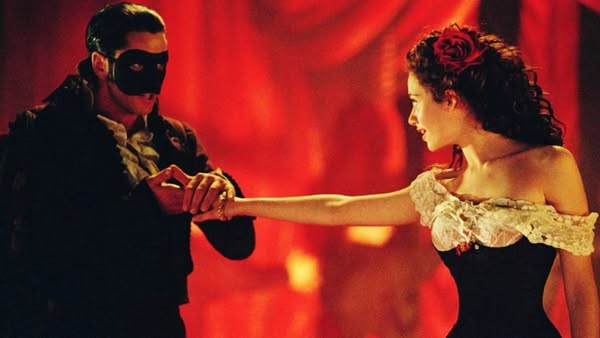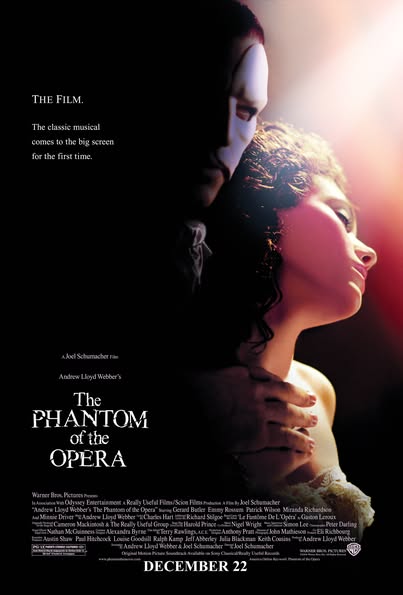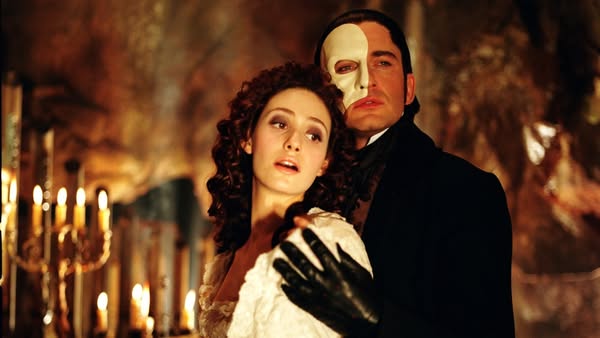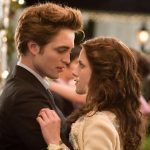The Phantom of the Opera (2004)

The Phantom of the Opera is a 2004 musical film directed by Joel Schumacher, based on Andrew Lloyd Webber’s acclaimed stage adaptation of Gaston Leroux’s classic novel. This visually stunning film brings to life the haunting tale of love, obsession, and tragedy set against the backdrop of the iconic Paris Opera House.
The story follows Christine Daaé, portrayed by Emmy Rossum, a talented young soprano who captures the attention of the mysterious Phantom, played by Gerard Butler. The Phantom is a disfigured musical genius who lives in the catacombs of the opera house, secretly guiding Christine’s career while harboring an intense and unrequited love for her. As Christine rises to fame, she becomes torn between her feelings for the Phantom and her childhood friend, Raoul, played by Patrick Wilson.

The film is notable for its lavish production design and cinematography, which create a rich, atmospheric experience that transports viewers into the world of 19th-century Paris. The opulent sets, intricate costumes, and stunning visual effects enhance the dramatic narrative, making it a feast for the eyes.
Musically, The Phantom of the Opera features some of the most memorable songs from the stage production, including “The Music of the Night,” “All I Ask of You,” and the titular “Phantom of the Opera.” The performances are powerful, with Rossum’s angelic voice beautifully capturing Christine’s innocence and longing, while Butler delivers a hauntingly compelling rendition of the Phantom’s complex emotions.

The film explores themes of love, isolation, and the duality of human nature. The Phantom embodies both the romantic and tragic aspects of obsession, showcasing his deep yearning for connection alongside his destructive tendencies. This complexity adds depth to the characters, making the audience empathize with their struggles.
Schumacher’s direction, combined with Lloyd Webber’s breathtaking score, creates an emotional journey that resonates with viewers. The interplay of light and shadow throughout the film symbolizes the contrasts between love and despair, beauty and monstrosity.

In summary, The Phantom of the Opera is a visually and musically rich adaptation that brings a timeless story to life. With its captivating performances, stunning visuals, and emotional depth, the film stands as a tribute to the enduring power of love and the arts, leaving a lasting impression on audiences. Its blend of romance, drama, and musical brilliance cements its place as a notable entry in the realm of cinematic adaptations.











